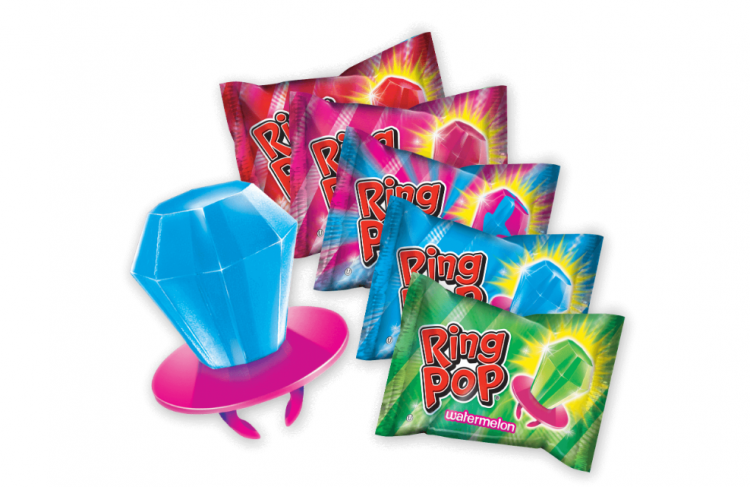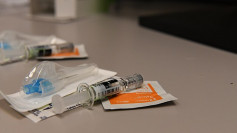The U.S. Food and Drug Administration announced a ban on Red Dye No. 3 in foods, dietary supplements, and oral medications on Wednesday, marking a significant shift in regulatory policy after decades of debate. The decision follows mounting evidence that the widely used additive, also known as erythrosine or FD&C Red No. 3, causes cancer in laboratory rats. The dye had already been prohibited in cosmetics since 1990.
The FDA's move comes in response to a 2022 petition spearheaded by health advocacy groups, including the Center for Science in the Public Interest (CSPI). Officials cited the Delaney Clause, a legal provision that mandates banning any additive linked to cancer in humans or animals. Jim Jones, the FDA's deputy commissioner for human foods, acknowledged the risks but emphasized that the mechanism by which the dye causes cancer in rats does not apply to humans.
The decision has far-reaching implications for the food industry. Red Dye No. 3 is currently used in over 2,000 products, including popular candies, desserts, and medications. Items like Brach's conversation hearts, Ring Pops, and frosted circus animal cookies are among the products that will require reformulation. Companies have until January 2027 to comply, while manufacturers of ingested drugs face a deadline of January 2028.
Consumer advocates praised the ban but criticized the FDA for taking decades to act. Dr. Peter Lurie, director of CSPI, described the move as "welcome but long overdue." He noted the inconsistency of banning the dye in cosmetics while permitting its use in foods, particularly those consumed by children. Lawmakers also weighed in, emphasizing the need to protect younger populations who consume disproportionately more dyed foods relative to their body weight.
The decision is not without controversy. The International Association of Color Manufacturers has defended the safety of Red 3, citing research from scientific committees affiliated with the United Nations and the World Health Organization. These studies have found the dye safe for consumption at typical levels. The group may mount legal challenges to the FDA's ruling, arguing that the evidence of harm to humans is insufficient.
The FDA anticipates potential court battles over the ban. In December, FDA Commissioner Dr. Robert Califf warned Congress that bans lacking robust scientific evidence risk being overturned in court. Despite this, health advocates and lawmakers argue that the Delaney Clause provides a clear mandate to act when any carcinogenic potential is identified.
Some food manufacturers have already begun phasing out Red 3 in favor of natural alternatives such as beet juice, carmine, and pigments derived from vegetables like radishes and red cabbage. Sensient Food Colors, a supplier of natural colorings, noted that consumer demand for more transparent ingredient lists has accelerated this transition.
Public sentiment appears to support stricter regulations on artificial additives. A recent AP-NORC poll found that nearly two-thirds of Americans favor reformulating processed foods to eliminate harmful ingredients. Support for such measures is particularly strong among higher-income households and college-educated individuals.
California has already moved ahead of federal regulators, enacting a ban on Red 3 starting in 2027. Lawmakers in other states, including Tennessee, Arkansas, and Indiana, have proposed restrictions, particularly for foods served in public schools. Internationally, Red 3 has been banned in Europe, Australia, and New Zealand, except for limited uses.






